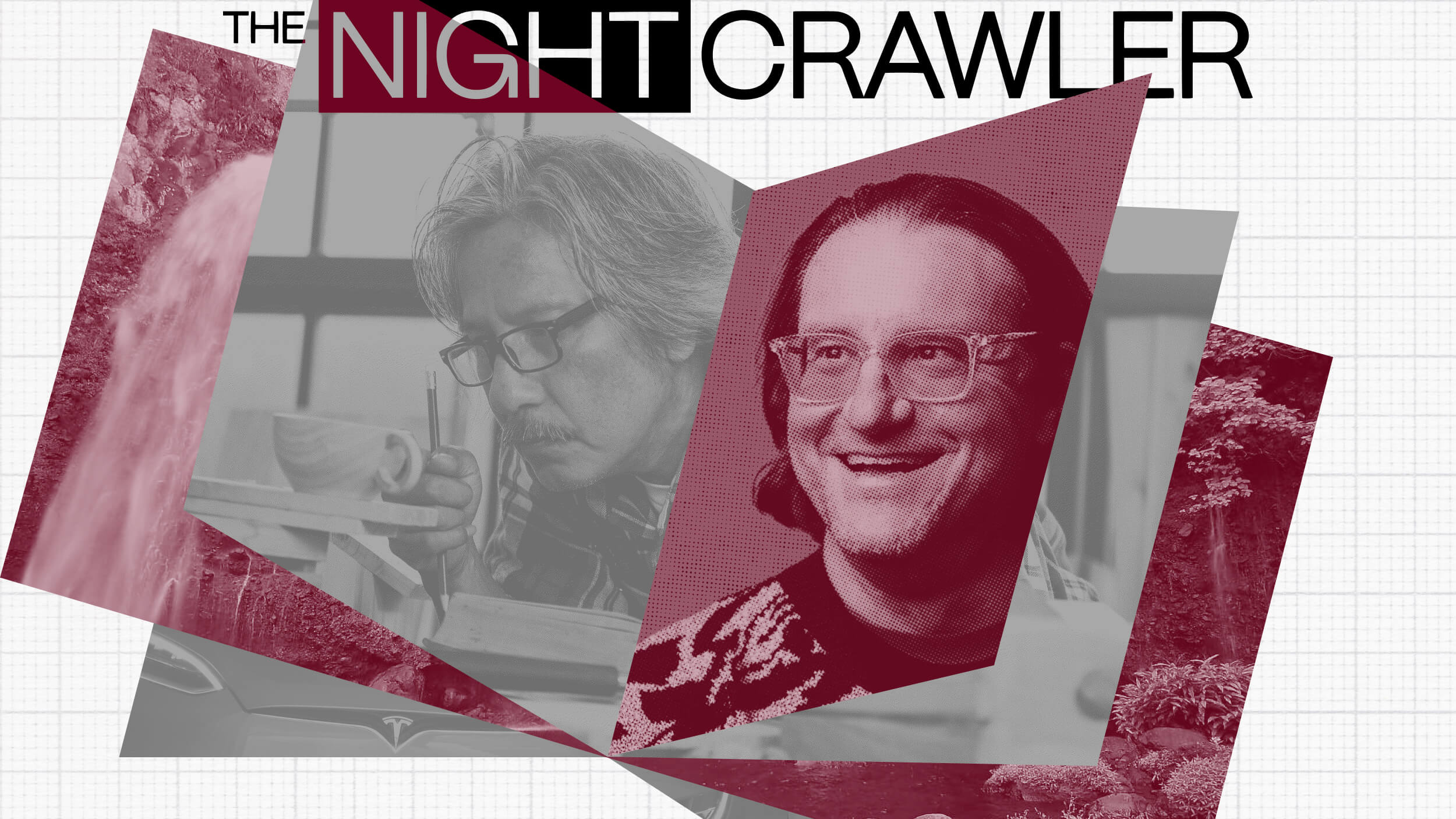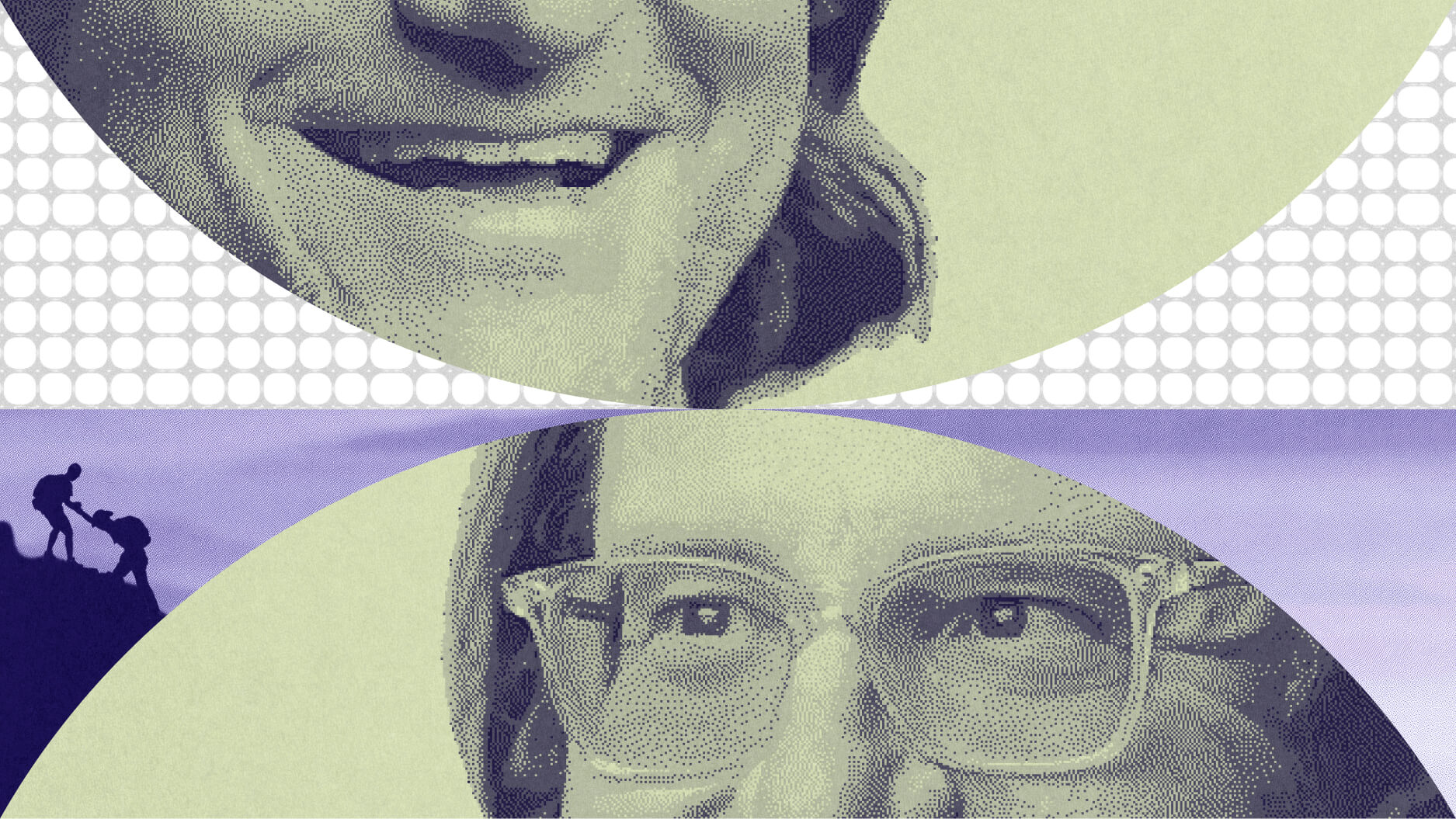Cheryl Heller: Design thinking is a process for developing multiple ideas with a particular user in mind and new ways to solve problems based on the creative design process. There's nothing inherent in design thinking that has benefit or no benefit to society. Social design is looking at ways to affect entire communities or organizations And social design inevitably has a moonshot objective, a north star that defines a vision that's an ultimate condition that people want to create.
Typically the way we solve problems and the kind of problem solving that humans are really good at are technical problems. We know how to make the next app, we know how to make a driverless car whatever it is. When it's very concretely defined and it's linear we excel at that. The thing that we have not succeeded at is solving the big complicated social problems we have. Social design is an approach that works at a systems level that brings cross-disciplinary teams together so that everyone who has a hand or who has responsibility for making something happen is a participant from the beginning.
The sequential steps of research and engineering and iteration and designing are collapsed and in the social design process we talk about making to learn. And so as a part of research there are prototypes developed at every stage, there is a kind of testing that goes on at every stage with the people that are intended to use it and that feedback becomes information for the next step. So instead of following along strategic plan people are, in real time, observing the reaction to what's happening and adapting whatever they're developing as it happens.
We find that the biggest changes happen in the people who participate in it and so in developing this capacity for reframing problems and for developing ideas and for prototyping and for navigating ambiguity that capacity resides in people and they take it on to other things and it changes cultures.
Jeffrey Brown, who is a remarkable grocer, he's a fourth generation grocer and he's built something like a $600 million grocery store empire in Philadelphia, but he sells high-quality suburban quality food like super markets in food deserts, which means in the poorest neighborhoods of Philadelphia. And he's able to do that essentially because his vision is not to have a grocery store empire, his vision is to use his business to address issues of poverty and poor health in these vulnerable neighborhoods. And that's one of the hallmarks of anyone who is a brilliant social designer is that it begins with an ultimate vision not I want to have a successful business, not I want to launch a website, it's the real understanding of a purpose that creates energy and that aligns everyone around the same goal and that provides enough of a magnet towards this north star that people can pivot as necessary and experiment as necessary in how to get there.
Jeffrey Brown is constantly experimenting with how to accomplish what he wants to accomplish. He experiments with whether, he calls it flame broiled chicken will be as popular as fried chicken because it's healthier for people; he experiments with well if I put this skim milk where the whole milk usually is will people automatically grab that for fewer calories? He experiments teaching people how to cook; he experiments giving classes or tors of the store helping people read food labels; he experimented with one of his customers because Jeffrey is always talking to the people in the neighborhoods, he comes to them and tells them what he's thinking about and get their advice. And one woman said, "You know, a lot of people in these neighborhoods don't have jobs because they've been in prison and as long as they don't have jobs they won't be able to shop in your store. Why don't you do something about that?" And so Jeffrey Brown founded a nonprofit called Uplift that trains people who have been in prison and guarantees them a job in his store. So a third of his workforce is now people who have been as they say touched by the justice system.





